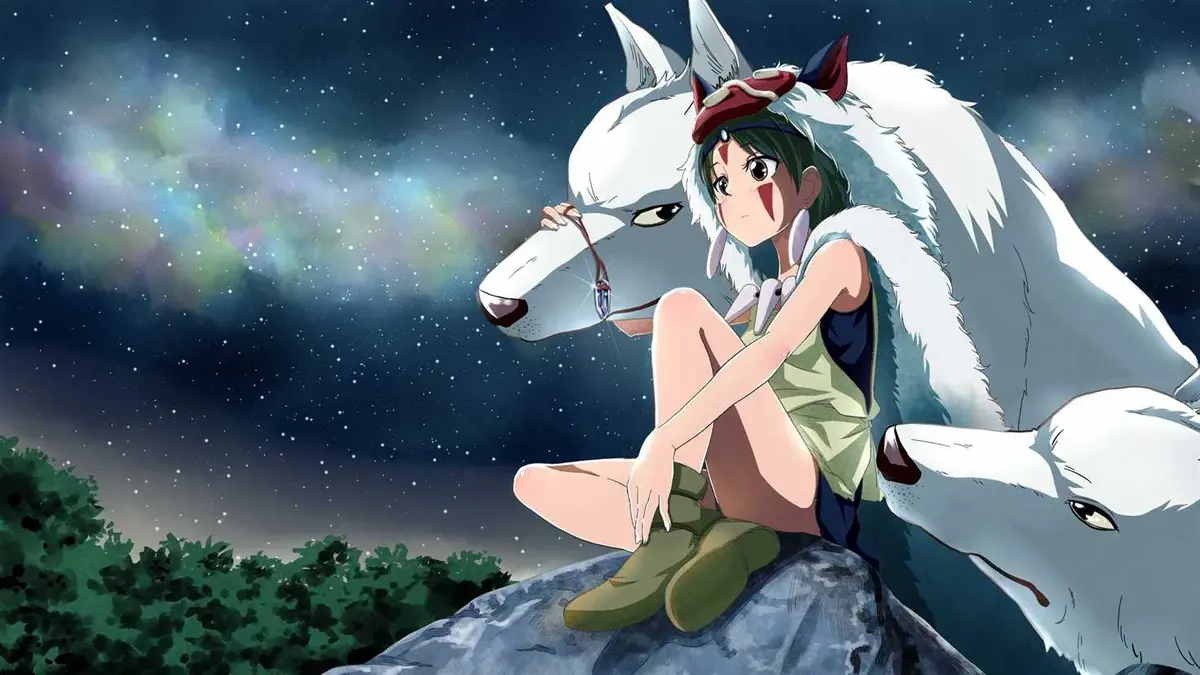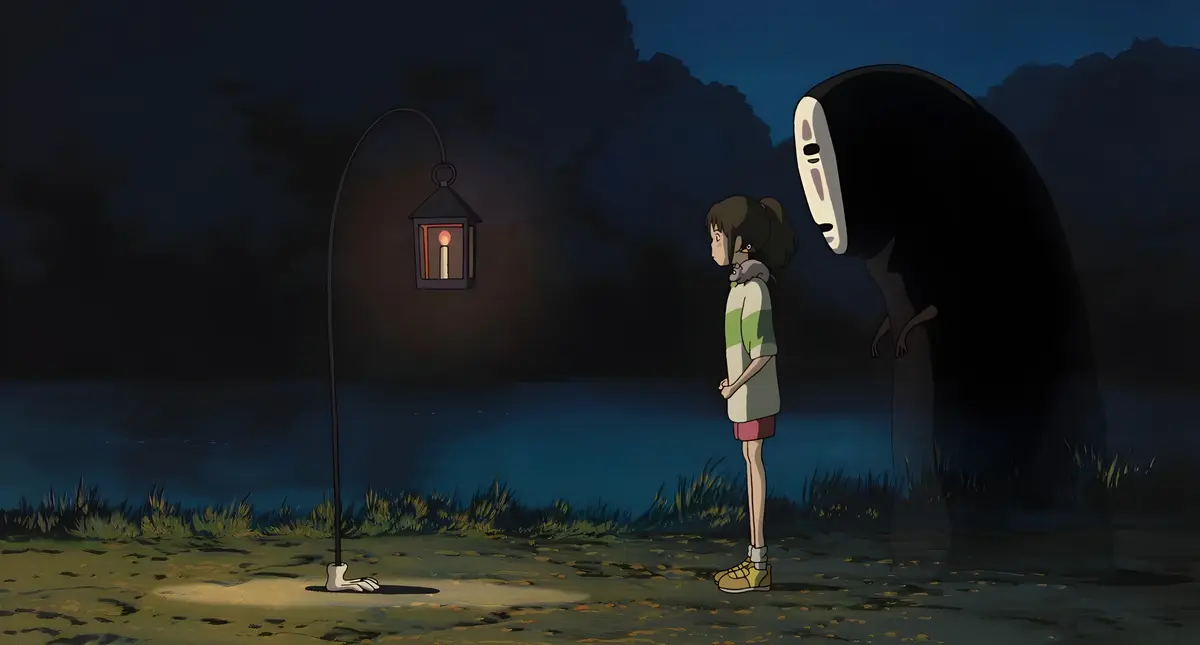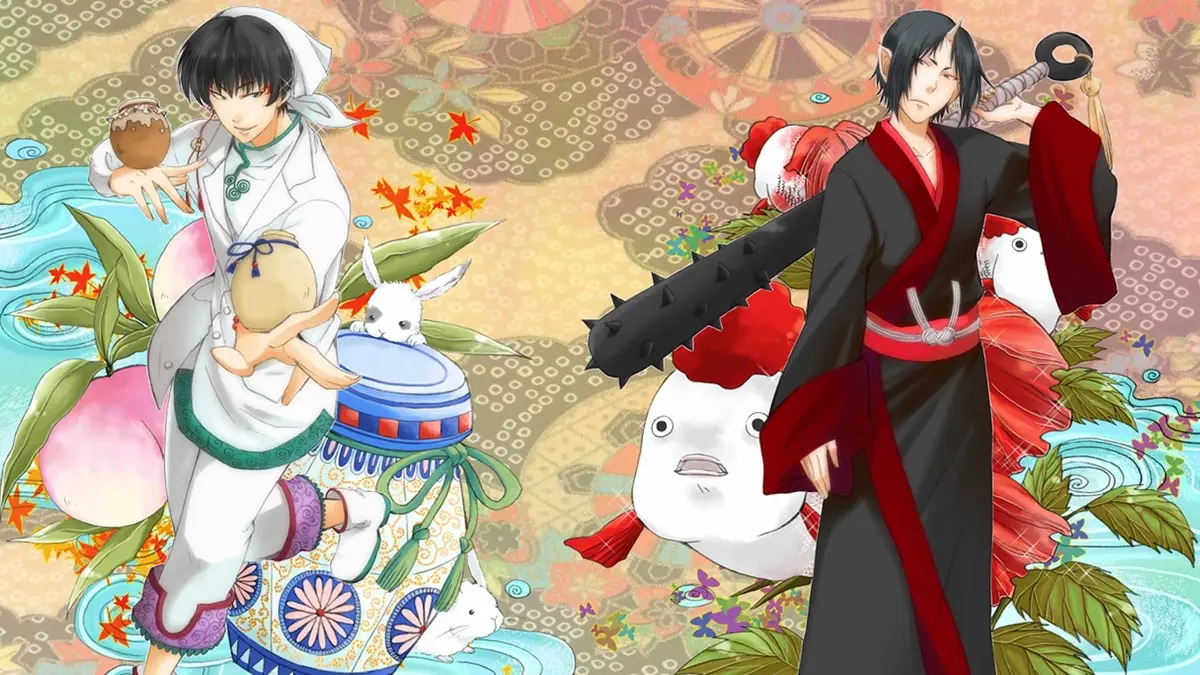Mythological tales are the sediments of collective imagination. They influence how cultures narrate and perceive themselves. In anime, these myths are more than mere references: they form the symbolic backbone of many stories, especially those inspired by Japanese tradition and, more recently, Korean mythology.
We observe a rise in narratives rooted in hybrid worlds, where gods, spirits, and natural forces are personified. This phenomenon affects both Japanese productions and those influenced by Korean heritage, increasingly visible in transmedia works.
The Foundations: Shinto and Korean Folklore
Japanese mythology largely stems from Shintoism, where every element of nature possesses a spirit or kami. These figures—neither good nor evil—fuel anime like Natsume Yūjin-chō, where bonds between humans and yōkai waver between respect, fear, and nostalgia. On the Korean side, tales of dokkaebi (mischievous goblins), gwishin (ghosts), or shape-shifting animals birth original narratives in works like Shaman King (indirectly inspired by pan-Asian shamanism).

Hellscapes and Vengeful Spirits: Cultural Depictions
In Hoozuki no Reitetsu, Japanese hells are portrayed with delicious dark humor, drawing directly from Shinto-Buddhist Jigoku. Conversely, webtoons like Tales of the Unusual (sometimes adapted into animation) feature typically Korean vengeful spirits, closely resembling figures like Cheonyeo Gwishin, symbols of posthumous frustration.
The most successful works don’t just cite these myths—they integrate them organically. Mob Psycho 100, beneath its zany surface, reinterprets the protagonist’s spiritual growth as a gradual awakening to invisible forces, akin to initiatory journeys in ancient texts.
Visual Language: From Scrolls to Screens
The artistic style mirrors these influences. Spirits often float with translucent or distorted bodies, echoing the aesthetics of Hyakki Yagyō (The Night Parade of One Hundred Demons). Korean works like The Haunted House: The Secret of the Ghost Ball also employ designs from Goguryeo tomb murals.
Character treatment reflects this too. In Bleach, shinigami are warrior-specter hybrids whose powers and costumes blend Japanese tradition with modern shōnen tropes—an ambivalence that enriches the series.

Global Resonance and Cultural Balance
International reception confirms growing interest in Asian spiritualities. While some elements are decontextualized, most anime strike a balance between cultural fidelity and global accessibility.
These revisited myths convey philosophical messages: divine punishment, redemption, the balance between living and dead worlds, and nature’s sanctity—themes resonating in Princess Mononoke or Korean animated series like Yobi, the Five-Tailed Fox.
Iconic Scenes and Modern Narratives
Memorable moments abound: No-Face’s appearance in Spirited Away (perhaps a wandering spirit) or the funeral scene in Mieruko-chan, where humor meets horror in a dialogue with the invisible world.
Comparing these tales to Greek or Norse myths highlights environmental importance: sacred mountains, ancient trees, and totemic animals are integral—unlike many Western narratives.

When Legends Whisper – The Mythological Breath in Asian Anime
Table of Contents
Mythological tales are the sediments of collective imagination. They influence how cultures narrate and perceive themselves. In anime, these myths are more than mere references: they form the symbolic backbone of many stories, especially those inspired by Japanese tradition and, more recently, Korean mythology.
We observe a rise in narratives rooted in hybrid worlds, where gods, spirits, and natural forces are personified. This phenomenon affects both Japanese productions and those influenced by Korean heritage, increasingly visible in transmedia works.
The Foundations: Shinto and Korean Folklore
Japanese mythology largely stems from Shintoism, where every element of nature possesses a spirit or kami. These figures—neither good nor evil—fuel anime like Natsume Yūjin-chō, where bonds between humans and yōkai waver between respect, fear, and nostalgia. On the Korean side, tales of dokkaebi (mischievous goblins), gwishin (ghosts), or shape-shifting animals birth original narratives in works like Shaman King (indirectly inspired by pan-Asian shamanism).
Hellscapes and Vengeful Spirits: Cultural Depictions
In Hoozuki no Reitetsu, Japanese hells are portrayed with delicious dark humor, drawing directly from Shinto-Buddhist Jigoku. Conversely, webtoons like Tales of the Unusual (sometimes adapted into animation) feature typically Korean vengeful spirits, closely resembling figures like Cheonyeo Gwishin, symbols of posthumous frustration.
The most successful works don’t just cite these myths—they integrate them organically. Mob Psycho 100, beneath its zany surface, reinterprets the protagonist’s spiritual growth as a gradual awakening to invisible forces, akin to initiatory journeys in ancient texts.
Visual Language: From Scrolls to Screens
The artistic style mirrors these influences. Spirits often float with translucent or distorted bodies, echoing the aesthetics of Hyakki Yagyō (The Night Parade of One Hundred Demons). Korean works like The Haunted House: The Secret of the Ghost Ball also employ designs from Goguryeo tomb murals.
Character treatment reflects this too. In Bleach, shinigami are warrior-specter hybrids whose powers and costumes blend Japanese tradition with modern shōnen tropes—an ambivalence that enriches the series.
Global Resonance and Cultural Balance
International reception confirms growing interest in Asian spiritualities. While some elements are decontextualized, most anime strike a balance between cultural fidelity and global accessibility.
These revisited myths convey philosophical messages: divine punishment, redemption, the balance between living and dead worlds, and nature’s sanctity—themes resonating in Princess Mononoke or Korean animated series like Yobi, the Five-Tailed Fox.
Iconic Scenes and Modern Narratives
Memorable moments abound: No-Face’s appearance in Spirited Away (perhaps a wandering spirit) or the funeral scene in Mieruko-chan, where humor meets horror in a dialogue with the invisible world.
Comparing these tales to Greek or Norse myths highlights environmental importance: sacred mountains, ancient trees, and totemic animals are integral—unlike many Western narratives.